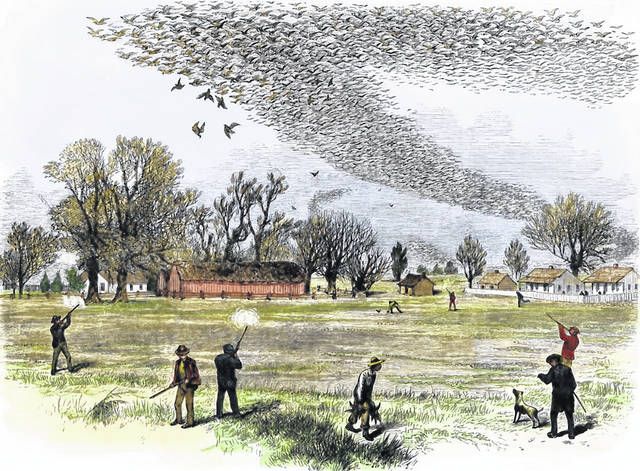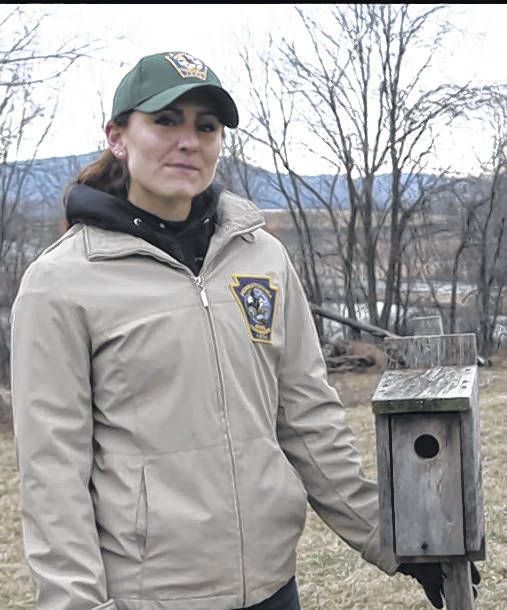Click here to subscribe today or Login.
There are records kept for deer harvested by traditional bows, crossbows and rifles.
Insurance companies offer estimates of deer killed on roadways.
There are even records kept on the number of deer shot for crop damage and those dispatched by Pennsylvania Game Commission officers due to injury or disease.
But what about deer that died from other causes?
I’m not talking about coyotes, black bears and other predators. I mean causes such as accidents that occur in nature that we rarely encounter, yet have no idea how frequently they occur.
But when such incidents are discovered, they usually generate a lot of attention.
The recent case of a deer that wandered onto a frozen pond in Schuylkill County is a good example.
The deer was spotted by a passing motorist after the animal had fallen through the thin ice. A dive team was called to the scene and the deer was rescued, only to be euthanized for injuries that it had suffered.
I’m sure it’s not the first time a deer had fallen through thin ice. Most of those incidents, I assume, end tragically with the deer perishing on the bottom of the lake or pond.
And we never know it.
Thin ice isn’t he only potentially fatal hazard that deer encounter. Nature is a dangerous and unpredictable environment and the life-threatening risks that deer face are numerous.
And the resulting death is one that unfortunately comes after a lengthy period of misery and suffering.
Not only is nature a dangerous place, it’s unforgiving as well.
I know of instances where deer died after becoming stuck in the crotch of a tree. In one case a doe apparently tried to jump between the gap between two trees growing from the same trunk, only to become wedged in the space and eventually die.
I’ve seen photographs of other deer that got a leg stuck in the crotch of a tree and perish.
In his book Whitetail Savvy, Leonard Lee Rue III writes about a buck that died after getting one of its antlers caught in the crotch of the tree it was rubbing. According to Rue, the buck struggled so mightily to free the antler that it fractured its skull plate.
Ice is perhaps the greatest danger to deer when it comes to accidental deaths. And it isn’t limited to thin ice on a pond.
When freezing rain hits we all know the hazard it presents when we have to drive on a ice-covered road.
That icy glaze is also a danger in the woods as well. While a deer can maneuver through the woods with unmatched agility and skill, its hard hooves are useless when it comes to gaining traction on an ice-covered surface. An ice storm that makes a paved road treacherous does the same to rocks and steep slopes in the woods.
Even well-worn deer trails with hard-packed earth can become extremely slick in an ice storm. While deer are typically sure-footed, all it takes is one wrong step onto a ice-glazed surface and they could wind up with a broken leg, dislocated hip or torn tendons. And when that happens, death is imminent after a long period of suffering.
A deer’s landscape poses other threats such as lightening strikes and entanglement in fences.
It’s happened.
Bucks have even been found dead after their antlers locked together while sparring. When this happens, the stronger buck often breaks the neck of its opponent while trying to break free, and it to ends up dying from exhaustion and starvation.
While there’s no doubt that deer are perhaps the most graceful creatures that roam the woods, they’re prone to accidents as well.
And most of the time we have no idea how often they occur.








